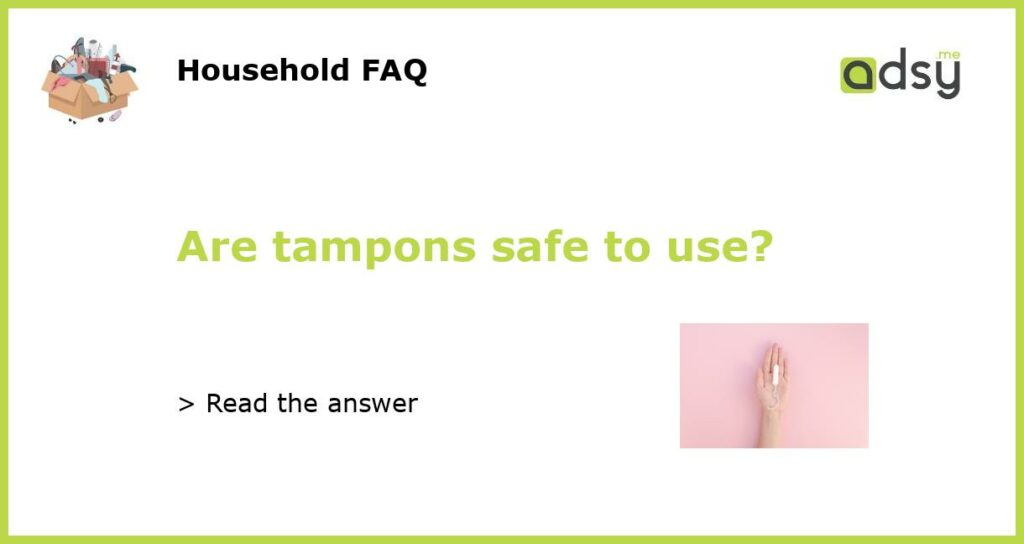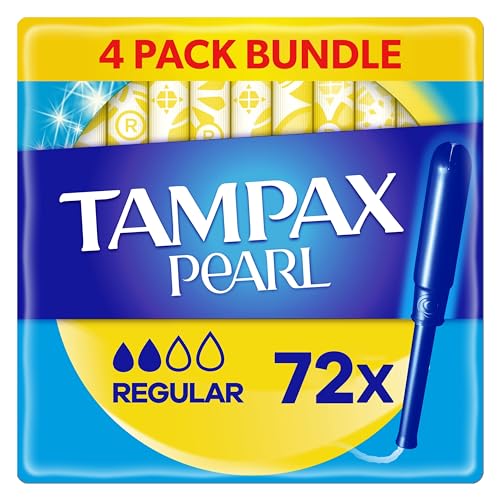History of Tampons
The use of tampons dates back to ancient Egypt, where papyrus was used to make tampon-like devices. However, the modern tampon as we know it today was invented in the 1930s by Dr. Earle Haas, who created the first commercial tampon with an applicator. Since then, tampons have become a popular choice for menstrual hygiene management, offering convenience, comfort, and discretion.
Composition of Tampons
Most tampons today are made from a blend of natural and synthetic fibers, such as cotton, rayon, or a mix of the two. These fibers are compressed into a compact shape and then covered with a layer of nonwoven fabric. Some tampons also have additional ingredients, such as odor-neutralizing agents, fragrance, or lubricants. However, it’s important to note that the composition of tampons can vary between brands, so it’s essential to read the packaging for information on specific products.
Safety Concerns and Potential Risks
There have been some safety concerns associated with tampon use. The most significant concern is the potential risk of Toxic Shock Syndrome (TSS), a rare but serious condition that can occur when certain bacteria (such as Staphylococcus aureus) multiply and release toxins in the body. While the risk of TSS is low, it is essential to follow proper tampon usage guidelines to reduce the risk. This includes changing tampons regularly, avoiding super-absorbent tampons, and not wearing tampons overnight.
In addition to TSS, some individuals may also experience allergic reactions or irritation when using tampons. This can be due to sensitivity to certain fibers, fragrances, or other ingredients present in the tampon. If you experience persistent discomfort or irritation, it is recommended to switch to a different brand or seek medical advice.
Best Practices for Tampon Use
To ensure safe and comfortable tampon use, it is advisable to follow these best practices:
- Select tampons that are appropriate for your flow, opting for lower absorbency if your flow is lighter.
- Wash your hands thoroughly before inserting and removing a tampon to minimize the risk of infection.
- Change tampons regularly, aiming for every 4-8 hours, to prevent bacterial overgrowth.
- Avoid wearing tampons overnight, opting for pads or menstrual cups instead.
- If you experience any discomfort, irritation, or unusual symptoms while using tampons, discontinue use and consult a healthcare professional.
Alternative Menstrual Products
While tampons are a popular choice for many individuals, they are not the only option for managing menstruation. There are several alternative products available, such as menstrual pads, menstrual cups, and period underwear. These products offer different levels of comfort, sustainability, and convenience, allowing individuals to find the option that best suits their needs and preferences.
It’s important to remember that individual experiences with menstrual products can vary, and what works well for one person may not work as well for another. Therefore, it’s recommended to try different products and consult with healthcare professionals if needed to find the most suitable option for your menstrual hygiene management.






